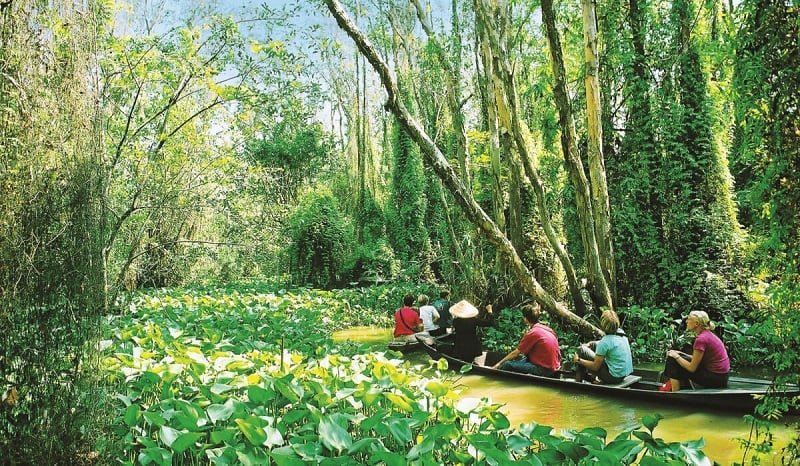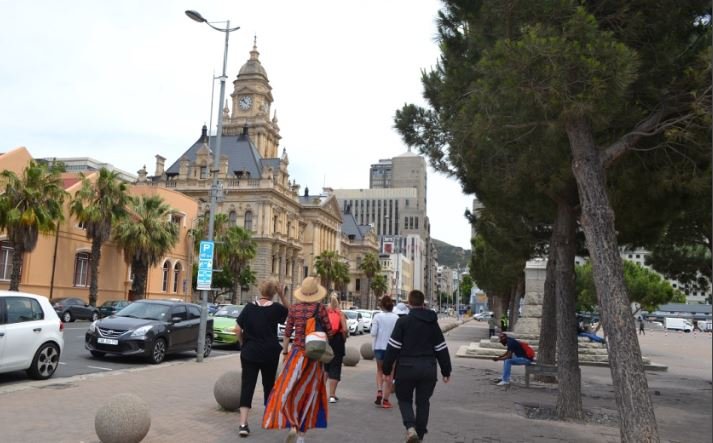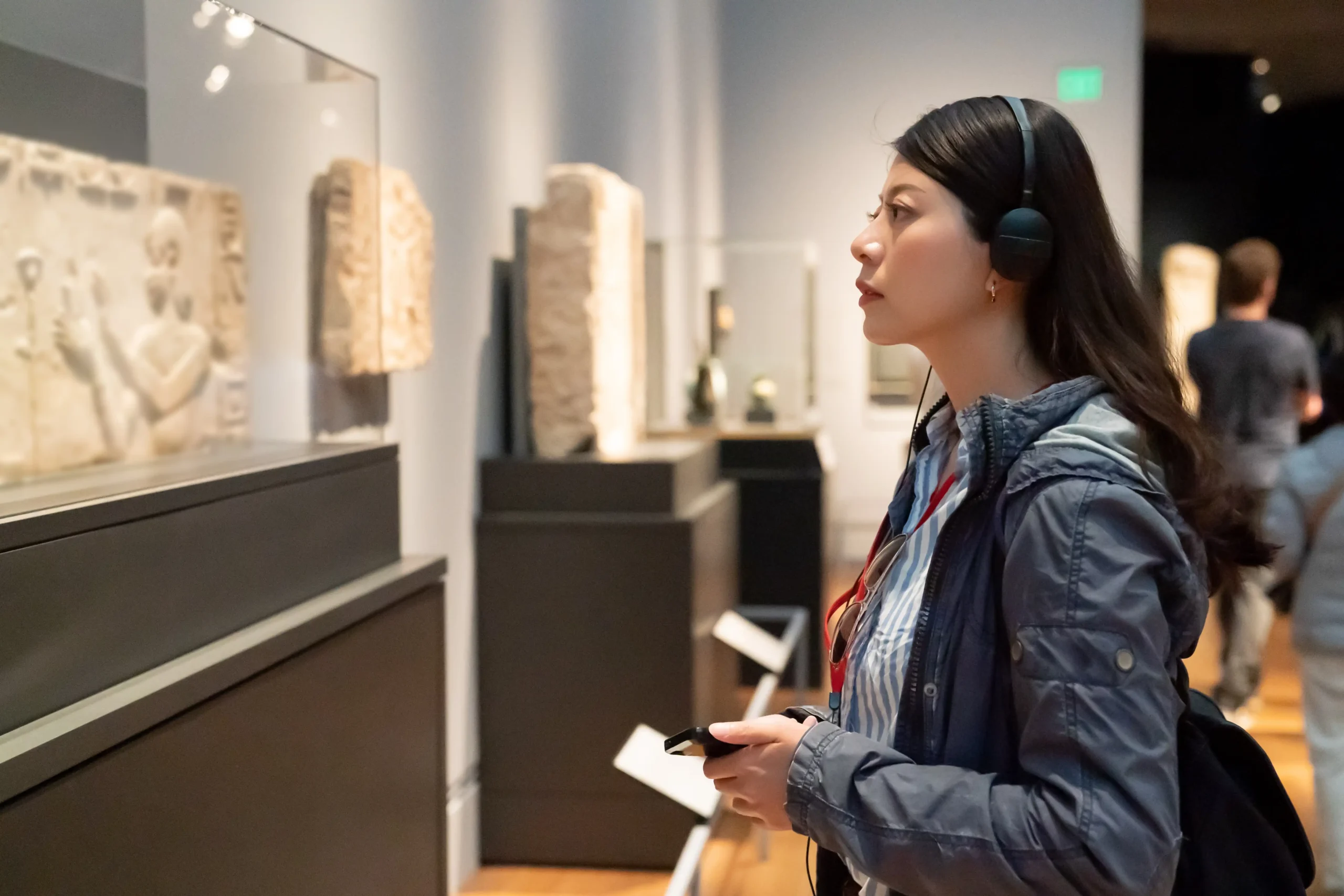Tips for Discovering Self-Guided Tours in Rural Areas
Exploring rural areas through self-guided tours offers a unique opportunity to immerse yourself in nature, culture, and local traditions. Here’s how you can plan and enjoy these off-the-beaten-path adventures.
1. Research Local Attractions and Points of Interest
Start by researching the rural area you plan to visit. Look for local landmarks, historical sites, scenic viewpoints, and cultural attractions. Online travel forums, tourism websites, and local guidebooks are valuable resources for discovering hidden gems.

2. Use Mapping Apps for Navigation
Mapping apps like Google Maps or specialized hiking apps are indispensable for navigating rural terrain. Download offline maps if internet connectivity is unreliable. Plot points of interest and plan your route to ensure a smooth and enjoyable journey.
3. Seek Recommendations from Locals
Locals have insider knowledge about the best trails, viewpoints, and lesser-known attractions. Strike up conversations with residents at cafes, markets, or community centres to gather tips and recommendations for self-guided tours.
4. Pack Essential Supplies
Rural areas may have limited amenities, so pack essential supplies such as water, snacks, a first-aid kit, navigation tools, and weather-appropriate clothing.
5. Choose Suitable Trails or Routes
Select trails or routes that match your fitness level and interests. Whether it’s a leisurely countryside walk, a challenging hiking trail, or a scenic drive, choose routes that align with your preferences and allow you to explore at a comfortable pace.
6. Respect Nature and Wildlife
When exploring rural areas, respect wildlife and natural habitats. Stay on designated trails to minimize impact on the environment, and adhere to local guidelines regarding wildlife encounters and conservation efforts.
7. Capture Memories with Photography
Bring a camera or smartphone to capture the beauty of rural landscapes, quaint villages, and picturesque scenery. Take photographs to document your journey and create lasting memories of your self-guided tour.
8. Explore Local Cuisine and Traditions
Experience the local culture by sampling regional cuisine at rural eateries, visiting farmers’ markets, or attending cultural festivals. Embrace traditions such as handicrafts, folk music, or agricultural practices unique to the area.
9. Stay Safe and Informed
Prioritize safety during your self-guided tour. Inform someone of your itinerary and expected return time, especially when exploring remote areas. Stay updated on weather forecasts and potential hazards to avoid unexpected challenges.
10. Engage in Outdoor Activities
Take advantage of outdoor activities available in rural areas, such as birdwatching, fishing, cycling, or horseback riding. These activities allow you to connect with nature and appreciate the tranquillity of rural landscapes.
11. Visit Local Historical Sites
Explore historical sites like ancient ruins, heritage villages, or landmarks that showcase the area’s cultural and architectural heritage. Learn about local history through self-guided tours of museums, monuments, or archaeological sites.
12. Connect with Nature Through Eco-Tours
Participate in eco-tours that promote sustainable practices and environmental conservation. Guided nature walks, wildlife spotting tours, or botanical garden visits provide educational insights into rural ecosystems.
13. Plan for Overnight Stays
If your self-guided tour spans multiple days, research accommodation options such as guesthouses, bed and breakfasts, or camping sites. Book accommodations in advance, especially during peak seasons or in popular rural destinations.
14. Enjoy Scenic Drives and Road Trips
Embark on scenic drives or road trips through rural landscapes, taking in panoramic views, winding roads, and roadside attractions. Stop at scenic viewpoints or roadside eateries to savour local flavours and capture memorable moments.
15. Support Local Businesses
Contribute to the local economy by supporting small businesses, artisans, and farmers in rural communities. Purchase handmade crafts, local produce, or souvenirs that reflect the area’s cultural identity and craftsmanship.
16. Reflect and Relax in Natural Settings
Take moments to pause, reflect, and appreciate the tranquillity of rural settings. Whether it’s meditating by a serene lake, reading under a shaded tree, or stargazing at night, allow yourself to unwind and connect with nature.
17. Share Your Experience
Share your rural adventure with friends and family through travel blogs, social media posts, or photo albums. Inspire others to explore off-the-beaten-path destinations and promote responsible tourism practices.
Conclusion
Discovering self-guided tours in rural areas offers a rewarding experience filled with exploration, cultural immersion, and natural beauty. By planning ahead, respecting local customs, and embracing the charm of rural communities, you can create memorable adventures that leave a lasting impression.



















